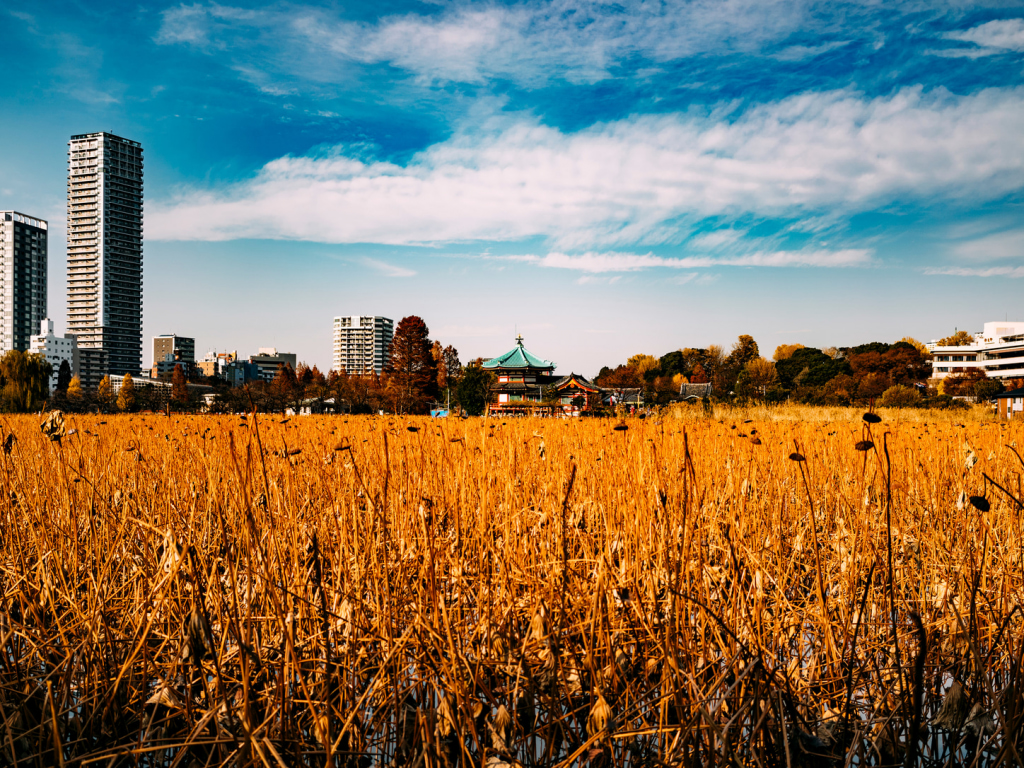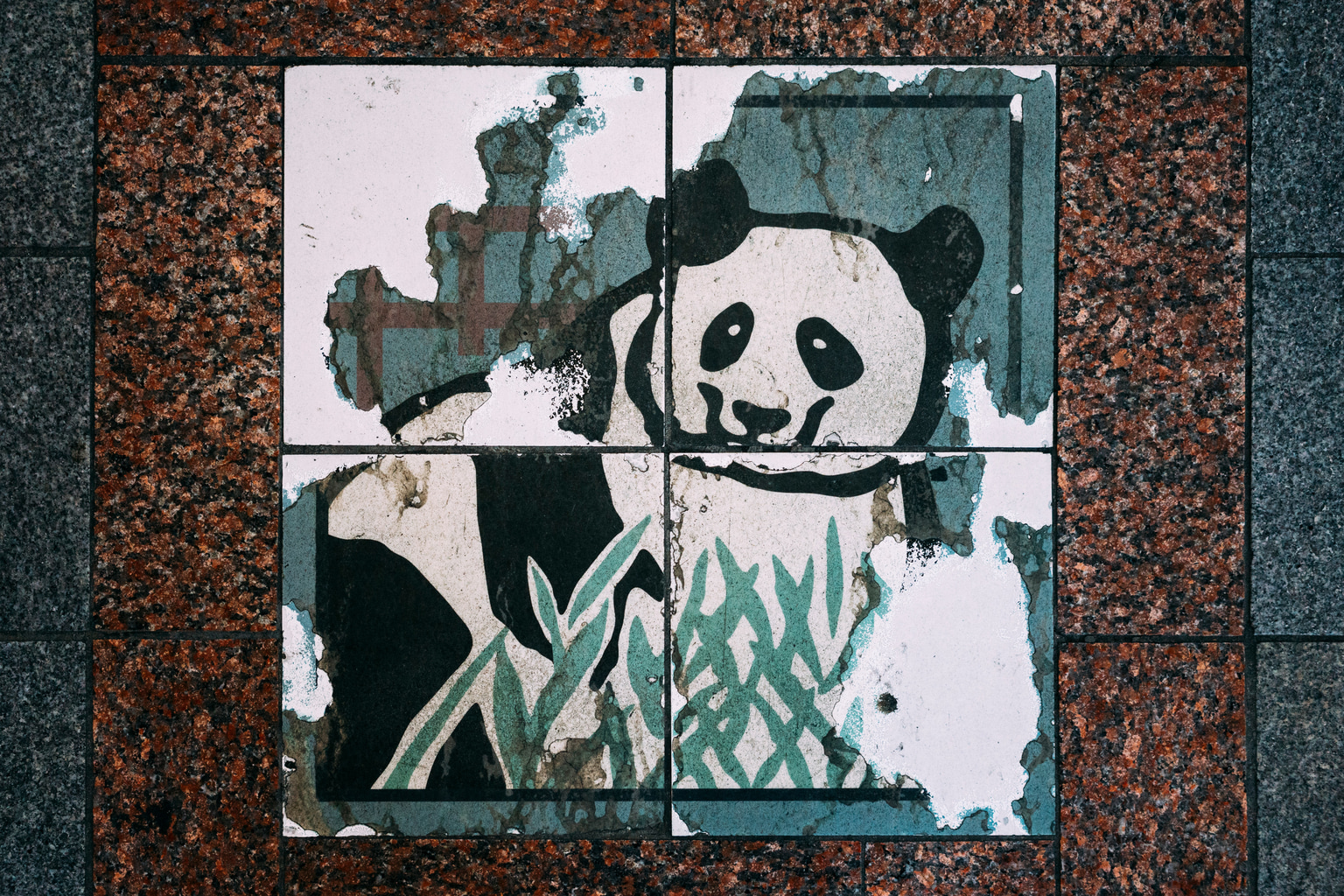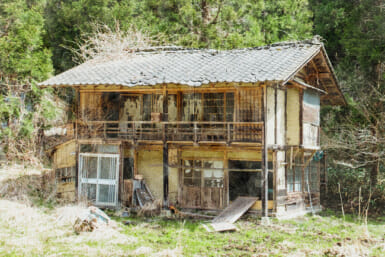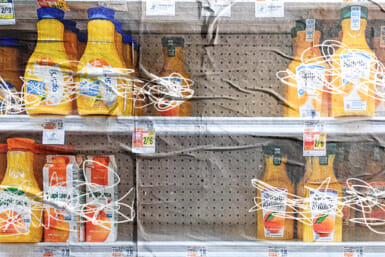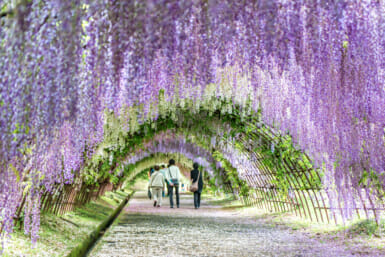Don’t let the colder weather put you off – aside from its outdoor attractions, Ueno is full of top-notch indoor cultural and entertainment options too.
The Park
Start off with a stroll through Ueno Park, which was established as one of Japan’s first public parks in 1873 and is considered one of Tokyo’s top cherry blossom viewing spots. It’s home to traditional architecture in the shape of Kan’ei-ji’s five-story pagoda, the shimmering gold-lacquered Ueno Toshogu and the cascading red gates of the Hanazono Inari Jinja. Head to Shinobazu Pond to see the Bentendo Temple (which stands on an island in the middle of the pond) and lotus flowers before jumping into a swan gondola for a romantic paddle and a spot of cormorant viewing.
Ancient Allure
North of the park lies Japan’s largest and oldest museum, the Tokyo National Museum, boasting 3,000 artifacts on display from a collection of over 100,000 pieces of Asian art and archeological treasures. Some of the museum’s buildings, such as the Hyokeikan (originally constructed in 1909), are exhibits in themselves. Nearby, the free International Library of Children’s Literature, National Diet Library – housed in an impressively renovated Renaissance-style building from the early 1900s – is a great place for kids to pour over international and Japanese children’s books, as well as classics located in their museum. Across the street is the old entrance to the now-defunct Hakubutsukan Dobutsuen Station from the 1930s that was designated historical building status in 2018 and now holds contemporary art exhibitions.
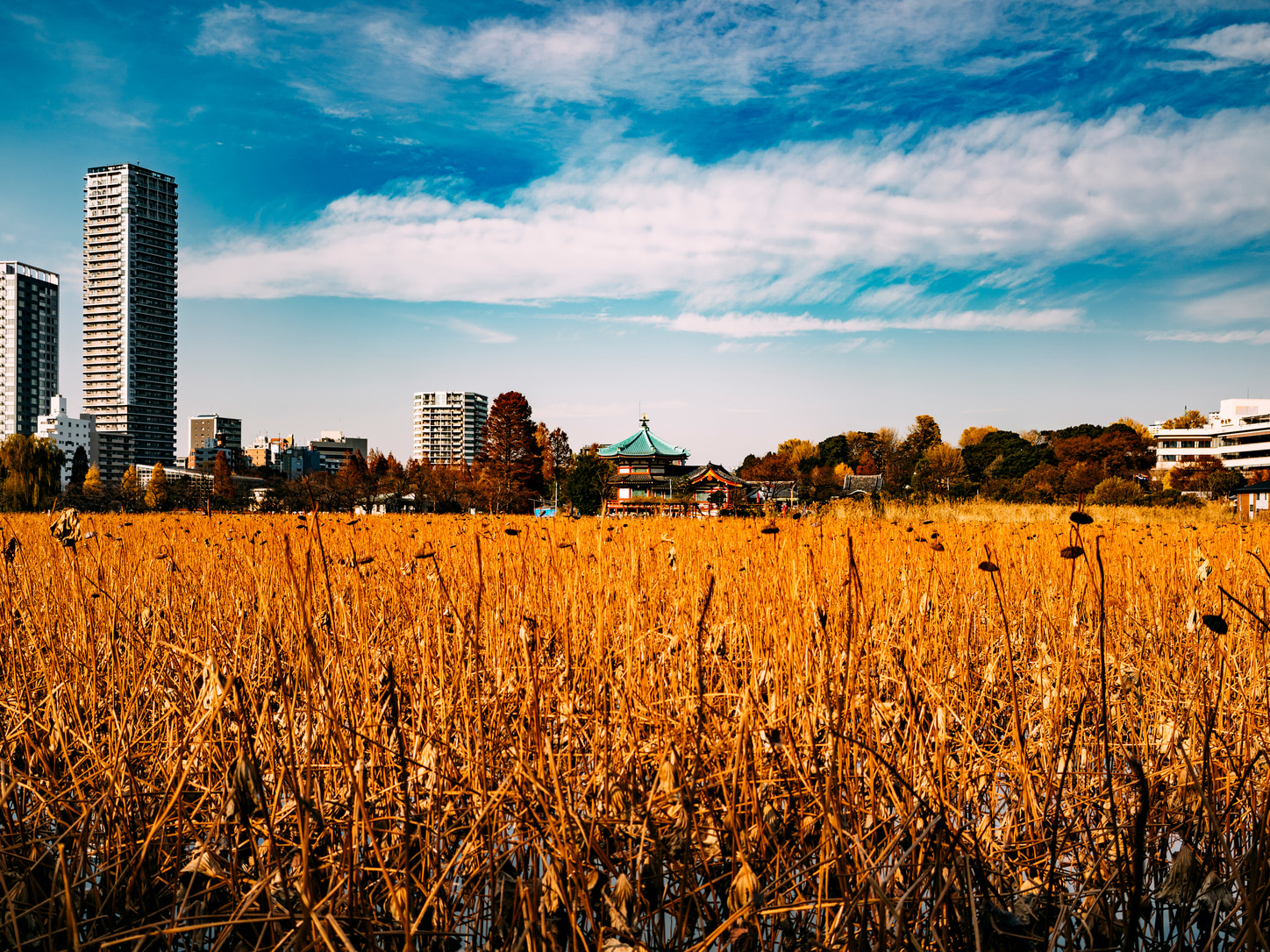
Shinobazuno Pond
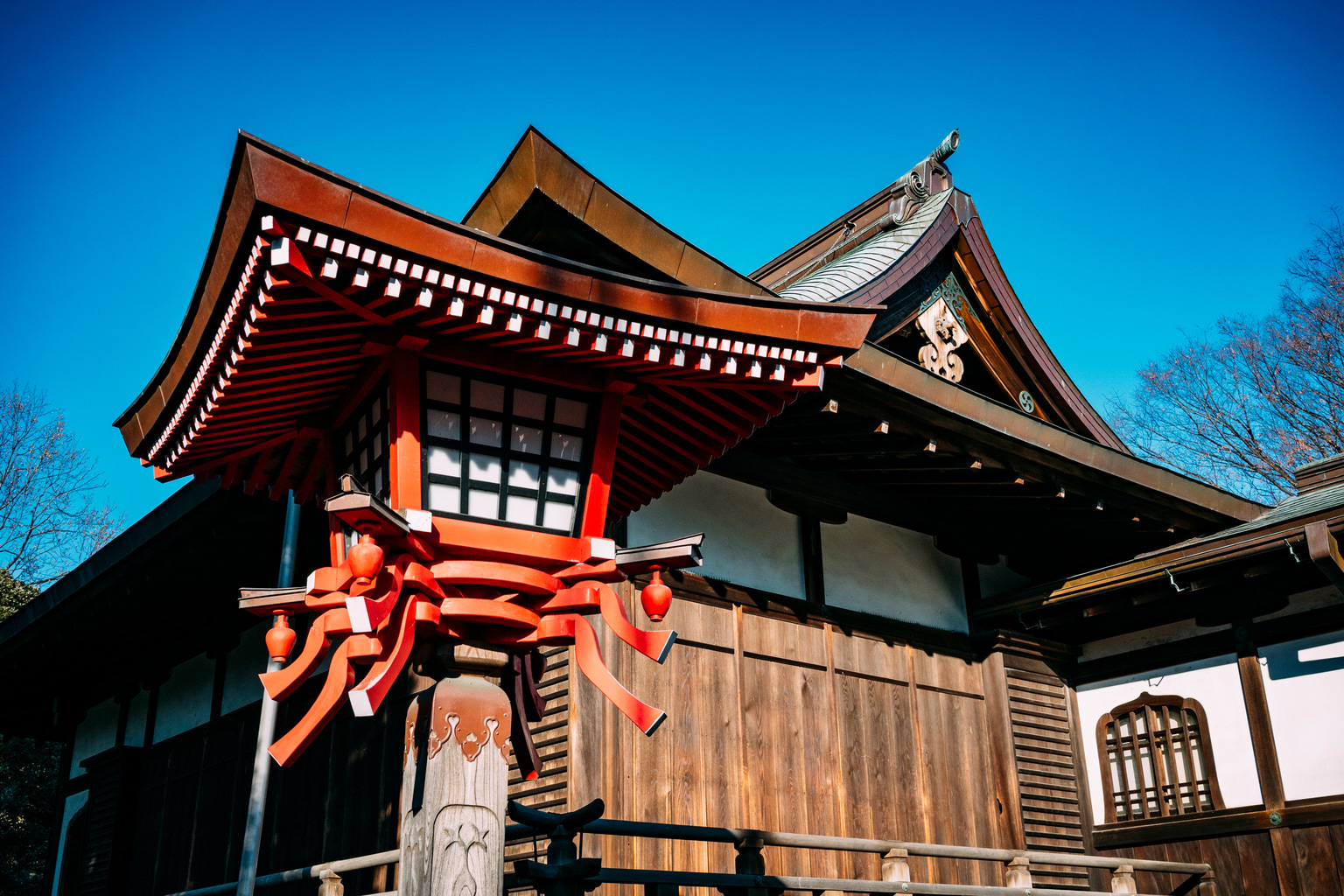
Back in the park, The National Museum of Nature and Science (also one of Japan’s largest of its kind) is filled with all manner of items relating to science, nature and technology ranging from meteorite fragments to a WWII fighter plane, dinosaur skeletons to taxidermied animals (including the one and only Hachiko). There’s also the Tokyo Metropolitan Art Museum and the National Museum of Western Art, which regularly hold exhibitions of revered artists. The Tokyo Bunka Kaikan caters to lovers of opera, ballet and classical concerts (its collection of ethnic, Japanese, dance and other music genres in its music library is available to view and listen to for free) while for something more low key, the Shitamachi Museum provides a glimpse of pre-war life and some more localized historical tidbits.
Pick up a Panda
Ueno Zoo is home to another big attraction synonymous with the area: the giant panda. Expect huge lines for a glimpse of the black-and-white bears which have seen a spike in popularity after baby Xiang Xiang was born in 2017. You’ll also find no shortage of panda-related souvenirs that include stuffed toy versions of Xiang Xiang in her pinkish newborn state. Panda confectionary is another big seller and can be found in many shops located in and around the Atré Ueno and Ueno Ecute department stores; the Ueno branches of many popular chains have panda-related exclusives such as the “Cup a la Mode – Panda” cupcakes over at Morozoff.
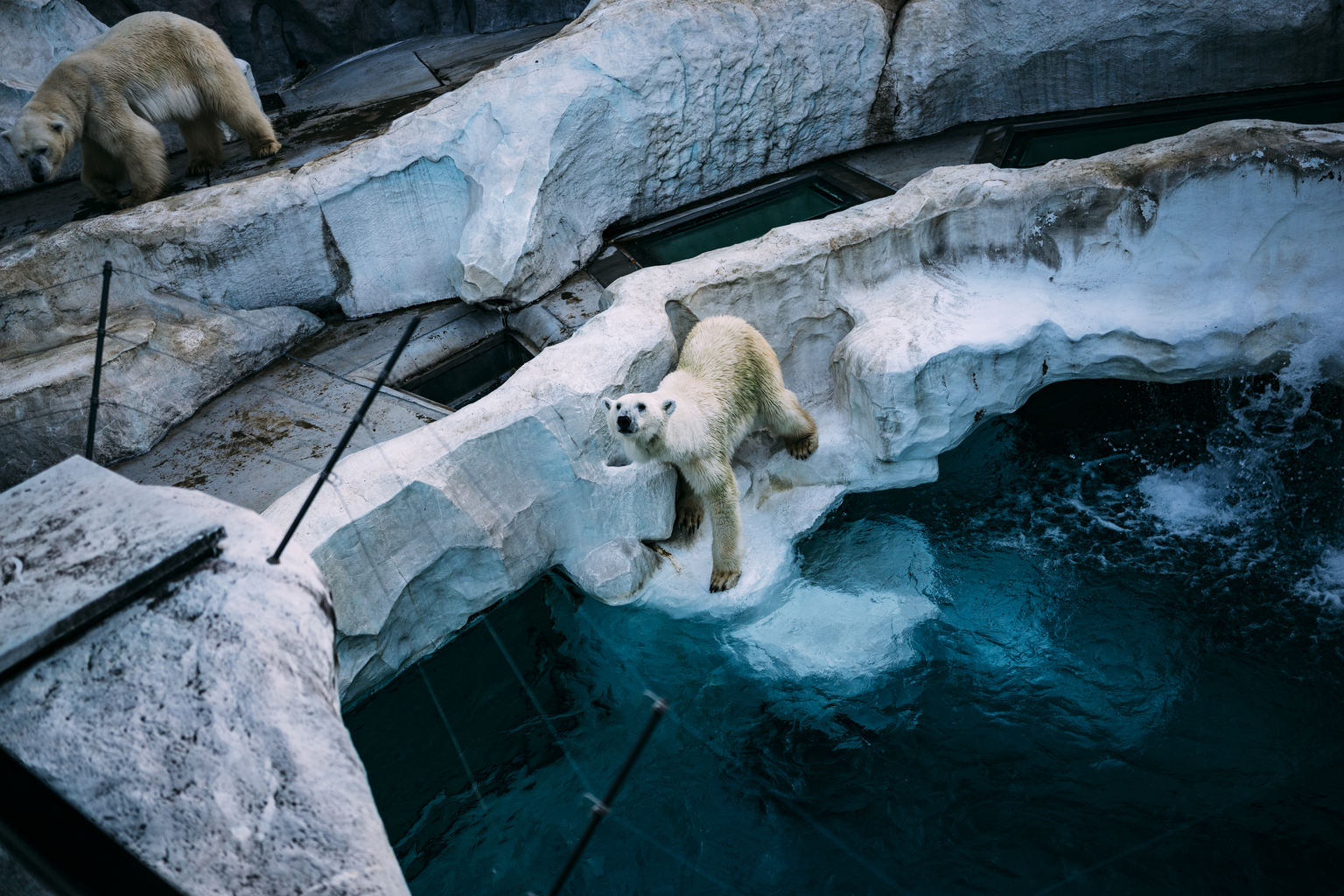
Ueno Zoo
Market Mayhem
Replacing the old Saigo Kaikan building in 2012, the slick Ueno 3153 (which is phonetically a nod to the old building and the legendary samurai whose name it borrowed) might have more date-friendly eateries located on its Bamboo Garden restaurant floor, but for something more spirited and in keeping with the area’s gritty working class roots, cross over and mix with the crowd at Ameya-Yokocho. The bustling open-air market has bargains galore on all manner of things such as pulses, grains, seafood, cosmetics and niche clothing stores to name but a few. Don’t miss the Yamashiroya Toy Store – six floors full of Japanese and international toys, collectibles and pro-models.
As for food, there are plenty of rustic yakitori restaurants and standing bars that jostle with energy at pretty much every hour of the day, and a small Korean quarter (cheese lovers be sure to grab a cheese hotdog from the Arirang Hotdog hole-in-the-wall).
For the hard drinkers, take a short walk in the direction of Asakusa to Kurand Sake Market where a ¥3,000 fee gets you unlimited time and access to around 100 types of sake. It’s a small spot so it might be worth making a reservation to avoid disappointment.
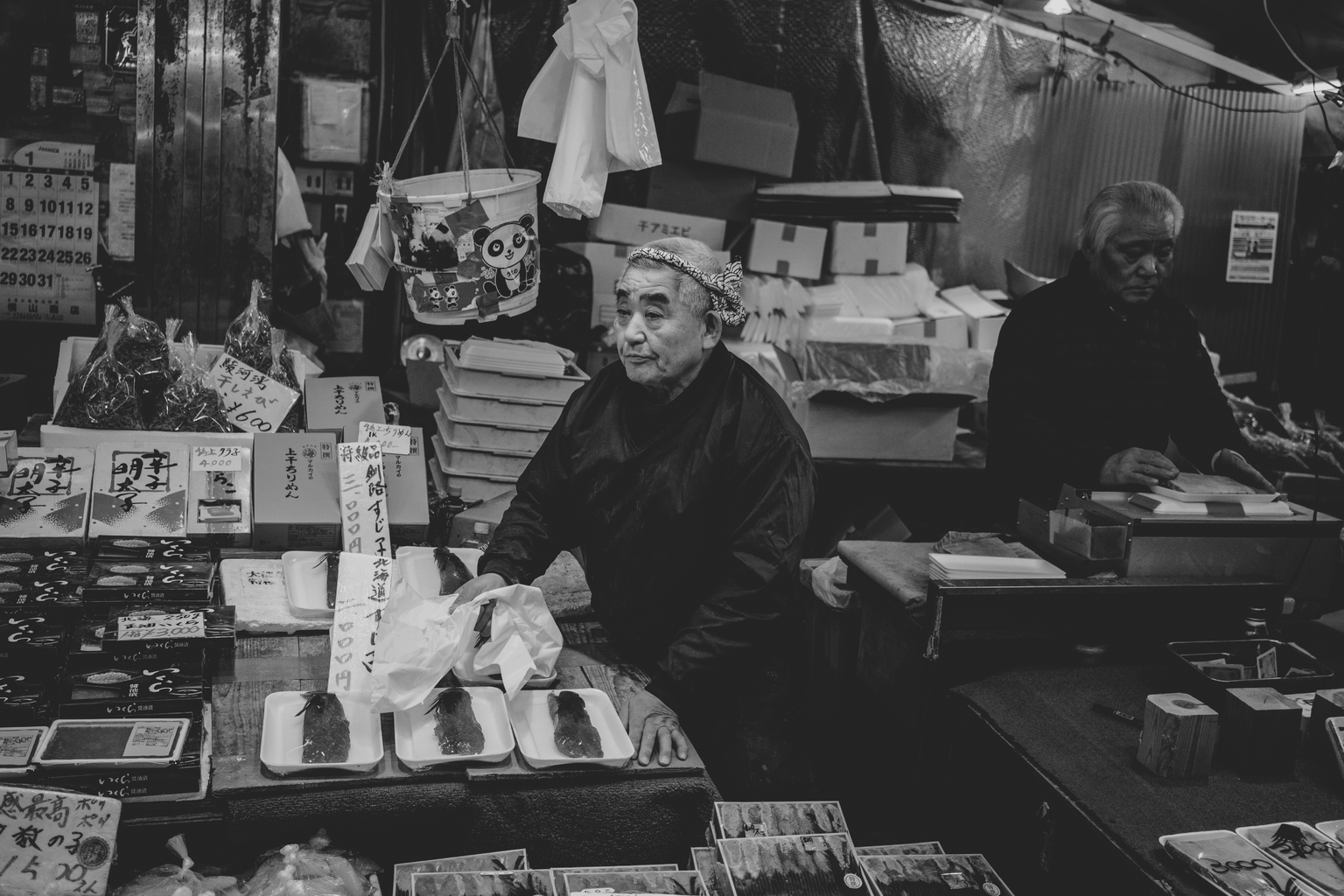
Ameya Yokocho Market
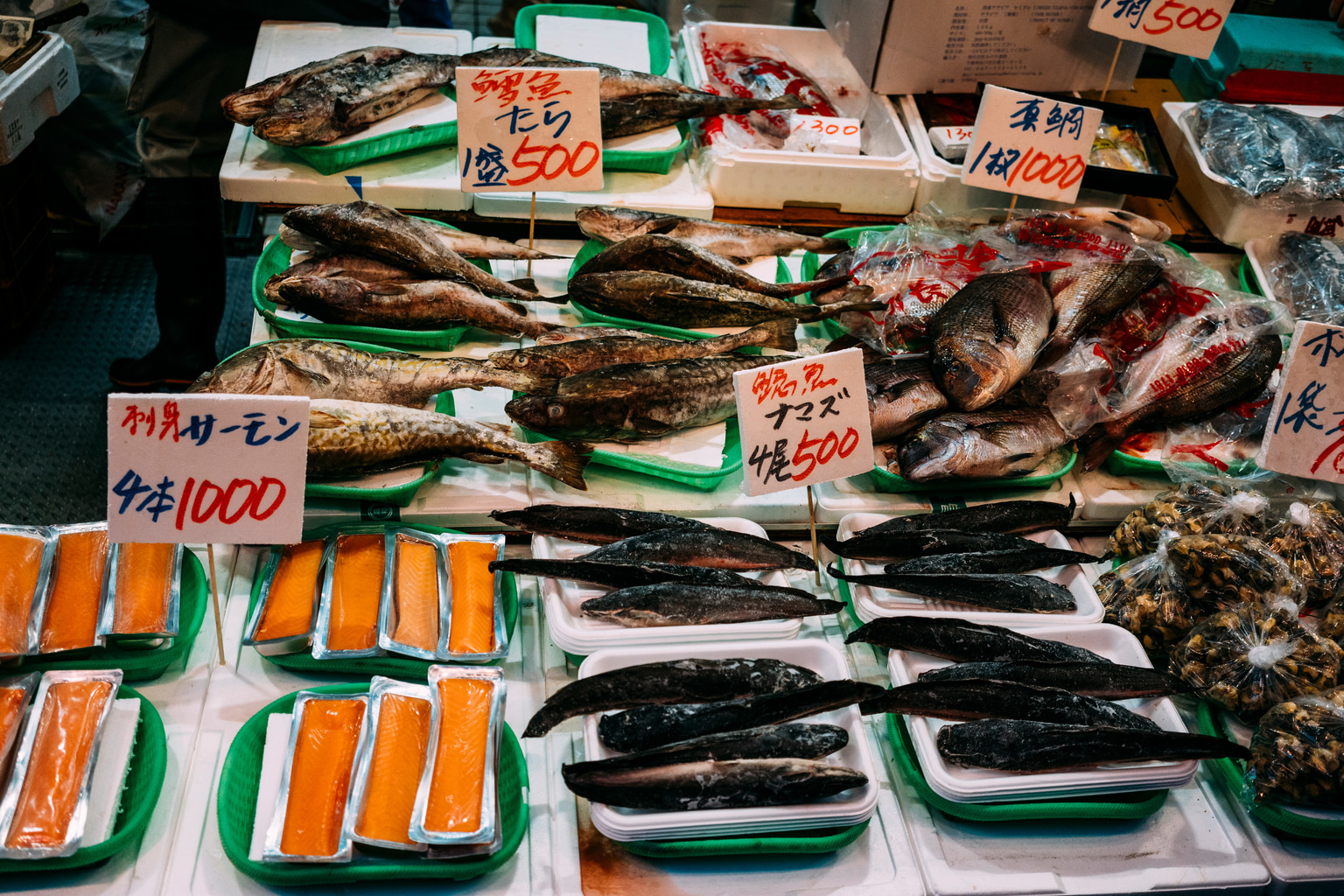
Ameya Yokocho Market

